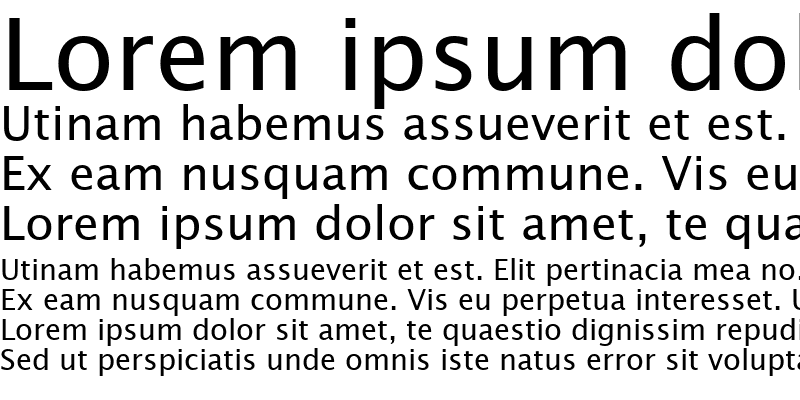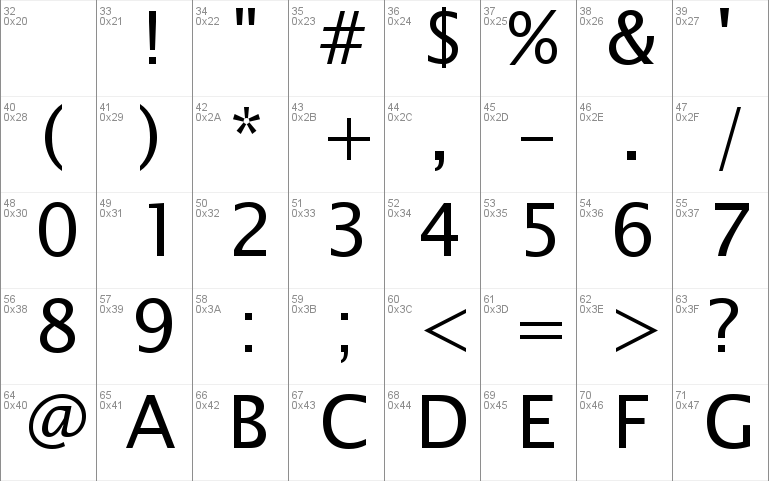
Or you specify fonts that do not contain all the characters needed.įor texts in Latin letters, such problems have become relatively rare. This may happen if you have Chinese text and you do not specify the font, The reader may suspect that it is erroneous and not just poorly In any case, the appearance of the text is disturbing, and They turn out to be from a sans-serif font that differs from the basic font Some of the Chinese characters disturbingly look bold. The problem is that there is no guarantee that charactersįrom different fonts fit together. The fallback font principle has pitfalls. Not supported by any font on your computer): Here’s a quick test (character U+0840, which is probably

Show a small rectangle, possibly containing a question mark, If a browser cannot render a character, it may It often fails to displayĮven though it could do that if it used all the fonts Notorious for its failures in this respect. In practice, things don’t always work that way.

Using alternate fonts for any character not covered by the primary font. Specified by the author browsers should use primarily their default fonts, Using font markup in HTML) do not contain the character,īrowsers are supposed to use fallback fonts. If the fonts specified by the author (in CSSįont-family settings or, rarely these days, There is any font in the system that contains it. The problem of renderingīy the specifications, browsers should display a character if The problems of representing characters in HTML have generallyīeen solved thanks to better browsers. I edit the page via a Unix shell connection using the Emacs This page does not use UTF-8, because it would complicate
#Lucida sans unicode webfonts how to#
How to enter Unicode characters in Microsoft Windows. Unicode and Multilingual Programs and Utilities, and the Make sure that the character encoding is properly indicatedĬharacter encodings, Alan Wood’s compilation
#Lucida sans unicode webfonts code#
HTML document allows that (there is a code for the character) and you haveĪuthoring tools that allow you to write the character.

You can enter a character in an HTML document in the following ways:


 0 kommentar(er)
0 kommentar(er)
